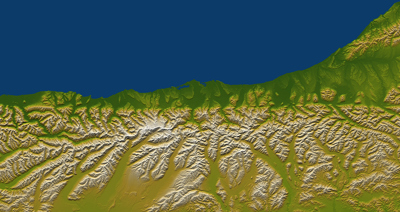We haven’t been able to get out and about as much as we would have liked to this year. However, we were fortunate enough to take to the road recently with our friends at QuakeCoRE as part of the QuakeKit roadshow – a collaboration between AF8, University of Canterbury and QuakeCoRE, made possible with funding from MBIE’s Unlocking Curious Minds contestable fund.
QuakeKit: Investigating earthquake science and technology aims to inspire scientific inquiry and demonstrate the relevance of science and technology in understanding and preparing for earthquakes. It builds on the activities and science shared through the AF8 Roadshow: The Science Beneath Our Feet in 2019, offering an opportunity for students to further explore current earthquake hazard and impact science relevant to them and their region, by sharing information, tools and activities to teach and increase resilience.
Over four weeks the QuakeKit roadshow visited 12 schools around the South Island, first installing a seismometer at each and then following up with hands-on activities with students to share some of the science and technology used to help us be better prepared for earthquakes.










